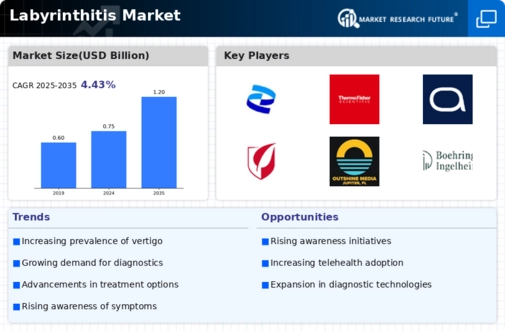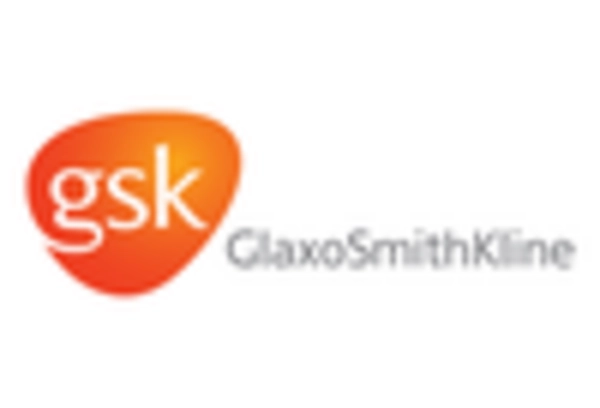Market Trends
Key Emerging Trends in the Labyrinthitis Market
Labyrinthitis, a condition characterized by inflammation of the inner ear, has witnessed notable market trends in recent years. The market for labyrinthitis treatments has seen a surge in research and development activities, reflecting the growing awareness and understanding of this ailment. One significant trend is the increased emphasis on early diagnosis and intervention, as prompt treatment can prevent complications and improve patient outcomes. In the medical industry, there have been heightened cases of the development of drugs already targeting labyrinthitis. The medical agencies are exploring the area of development of drugs that have the ability to relieve suffering and also targeted to the primary source of an inflamed inner ear, causing pain. This trend is characterized by more and more people realizing that the main goal of medicine is to ensure highly efficient and the best targeted treatments that can lead to better health for patients. Besides this, the labyrinthitis doctors use latest improved diagnostic methods for the diseases. The advanced imaging techniques, for instance, high-resolution MRI as well as CT scans, have enabled doctors get the high quality and adept images of the inner ear improving the early and precise diagnosis of the disease. Such technological innovations add to the quality of care in medicine through personalizing the treatment due to the fact that healthcare providers have the ability to prepare treatment plans that focus on each patient’s needs. Patients' awareness and health education are the most influential in the ongoing trends. Labyrinthitis could be detected at an earlier stage as the information about the disease is more noticeable encouraging people to seek professional attention right away, and hence the diagnoses become more frequent. It demonstrates the utility of health education programs to educate about the signs, risk factors, and accessible treatments, and promotes labyrinthitis.
On the regulatory front, there has been an increased focus on streamlining the approval process for labyrinthitis treatments. Regulatory bodies are working to expedite the evaluation and approval of new drugs and therapies, recognizing the urgency of addressing the medical needs of individuals suffering from this condition. This regulatory support encourages pharmaceutical companies to invest in labyrinthitis research and development.

















Leave a Comment